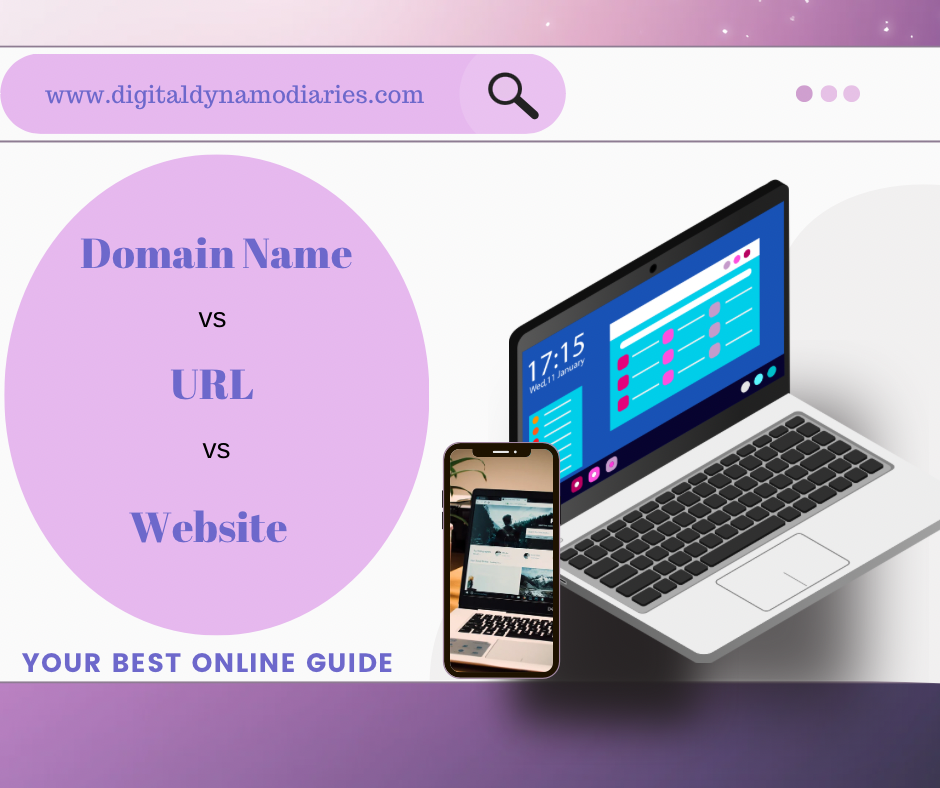Understanding the Differences Between Domain Names, URL, and Website
Differences Between Domain Names, URL, and Website
Many people may find it challenging to know the differences between a domain names, URL, and website due to their similar appearance. In this article, we’ll delve into these concepts to clarify the differences between them and provide examples.
What is a Domain Name?
A domain name serves as the foundation for your company’s presence on the internet, enabling your target market to easily find you. It is the name that clients enter into search engines to locate your business, essentially serving as your internet address.
Essentially, a domain name is a unique set of characters that identifies the computer server hosting a website. It was designed to replace the Internet Protocol (IP) address of a website, offering a more straightforward and memorable way to recall a website’s location.
What is a URL?
The Uniform Resource Locator (URL) is a special code that facilitates locating information on the internet. It is a web address used to find a specific network resource.
While a URL contains your domain name, it is important to note that a domain is not the same as a URL. Simply put, a URL is a complete string of characters that directs your computer to the desired web location.
Components of a URL include:
– Protocol (typically HTTP or HTTPS)
– Subdomain (e.g., www.)
– Domain name
– Path (internal page)
– GET Parameters
What is a Website?
Your website is the digital home of your company, while your domain serves as your internet address and a URL directs visitors to it. Although various tools are available for creating a website, all content must be linked to your domain for seamless navigation between them.
The Differences
A domain name differs from a URL. While a URL provides the complete address of an internet webpage, which is a string of characters, a domain name is a component of the URL, serving as a human-readable representation of an IP address that is used when searching for a specific webpage.
For example, http://www.lytehosting.com/index.html is a complete URL. In this case, “lytehosting.com” represents the domain name.
Moreover, breaking down URLs involves considering components such as the hostname (domain name), port, and path. However, the domain name consists of a subdomain, domain, and top-level domain.
Conclusion
Understanding the roles of a Doctor, Nurse, and Midwife is akin to comprehending the differences and how your domain name, URL, and website collectively generate traffic for your company. A robust online foundation is crucial for attracting and retaining an audience for your venture. By grasping the distinctions between a domain name, URL, and website, you can effectively manage your company and maintain greater control over your brand’s online presence.
